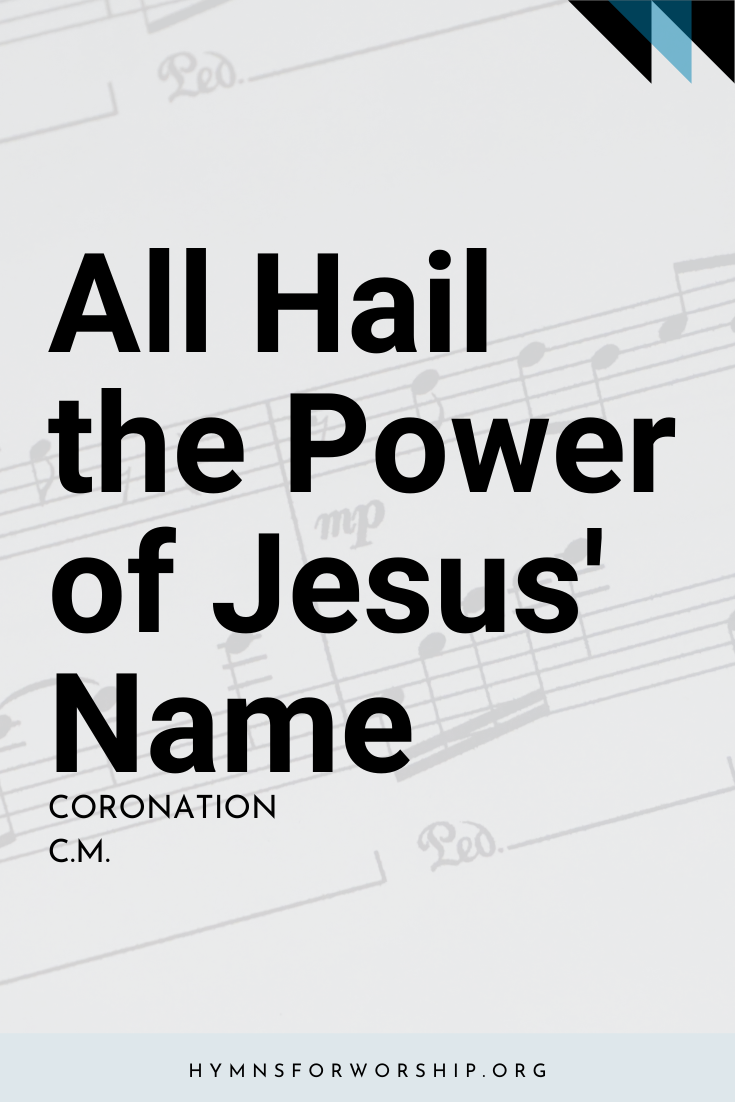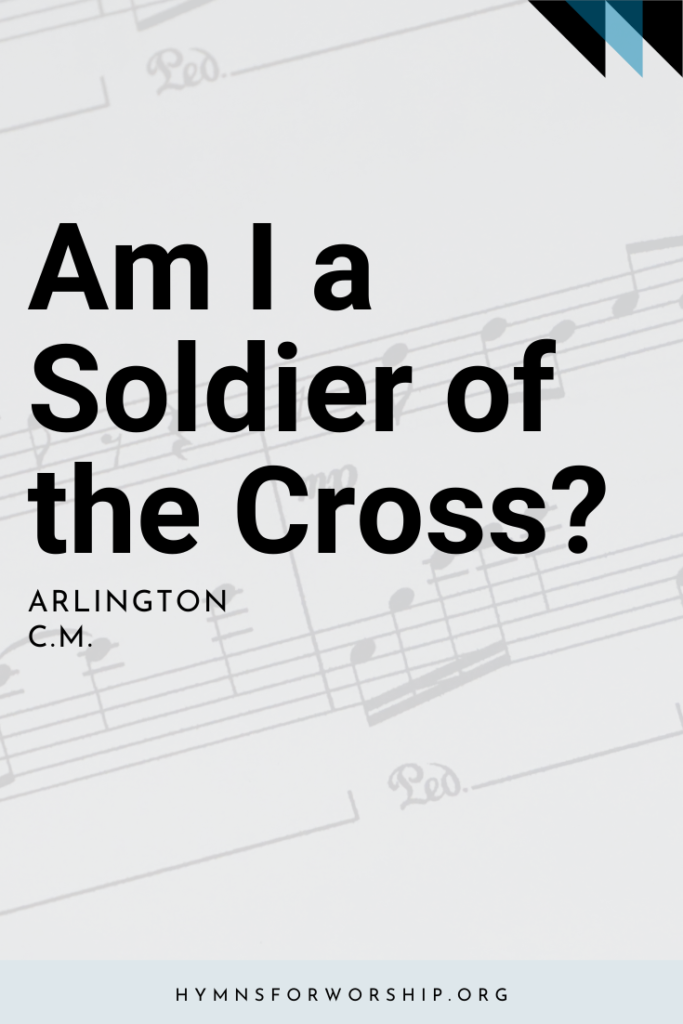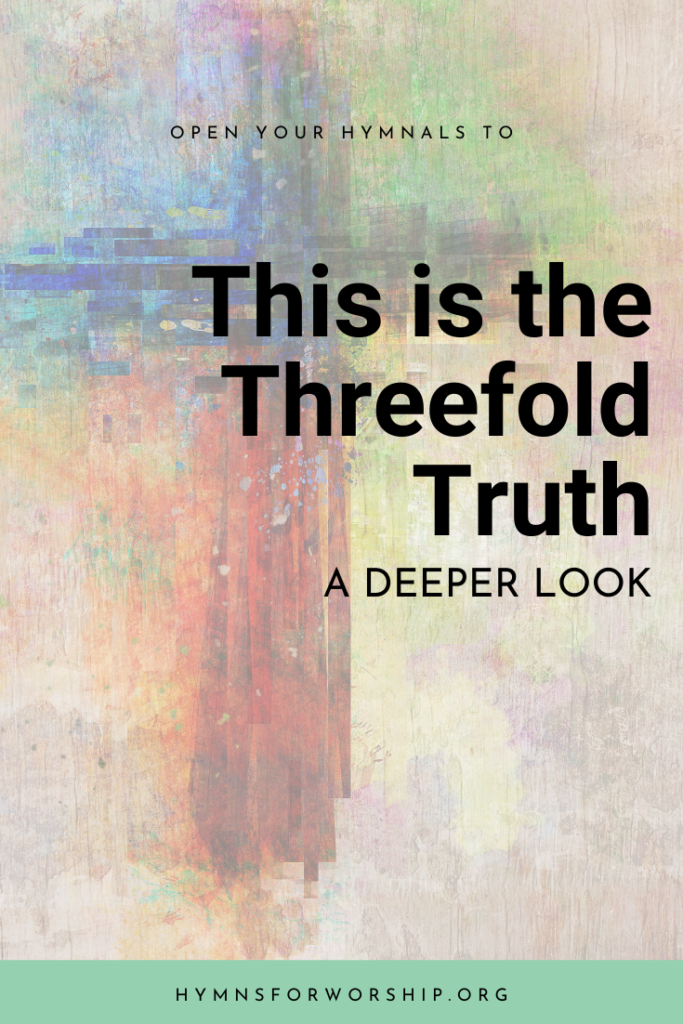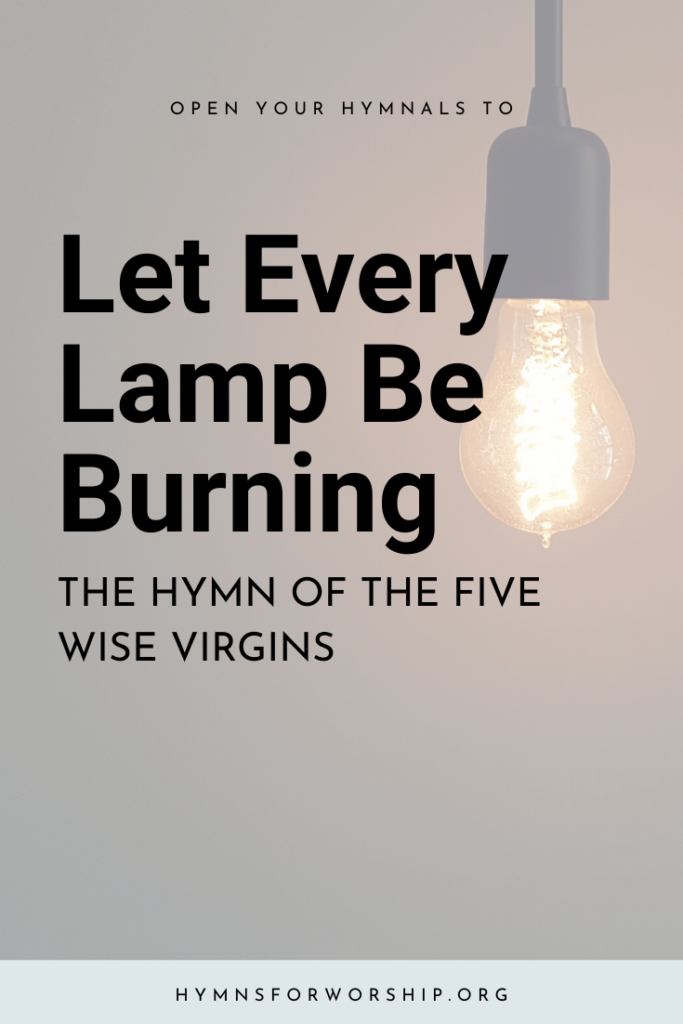JESUS CHRIST >> GLORY & PRAISE
SDAH 229
All hail the power of Jesus’ name! Let angels prostrate fall;
Bring forth the royal diadem, and crown Him Lord of all.
Bring forth the royal diadem, and crown Him Lord of all.
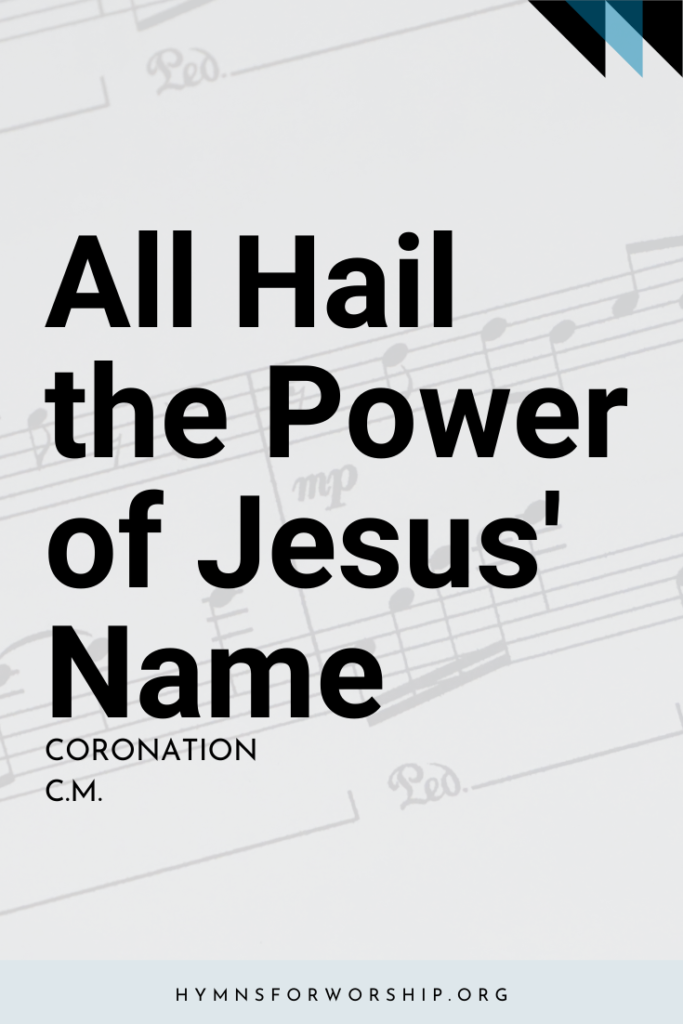

Text
1
All hail the power of Jesus’ name! Let angels prostrate fall;
Bring forth the royal diadem, and crown Him Lord of all.
Bring forth the royal diadem, and crown Him Lord of all.
2
Ye chosen seed of Israel’s race, ye ransomed from the fall,
Hail Him who saves you by His grace, and crown Him Lord of all.
Hail Him who saves you by His grace, and crown Him Lord of all.
3
Let every kindred, every tribe on this terrestrial ball
To Him all majesty ascribe, and crown Him Lord of all.
To Him all majesty ascribe, and crown Him Lord of all.
4
O that with yonder angel throng we at His feet may fall!
We’ll join the everlasting song, and crown Him Lord of all.
We’ll join the everlasting song, and crown Him Lord of all.

Hymn Info
Biblical Reference
(a) Rev 4:10, 11 (b) Eph 2:5 (c) Rev 5:9 (d) Rev 5:13 (e) Acts 10:36
Author
Edward Perronet (1726-1792)
Year Published
1779
Hymn Tune
CORONATION
Metrical Number
C.M.
Composer
Oliver Holden (1765-1844)
Year Composed
1973
Theme
GLORY & PRAISE
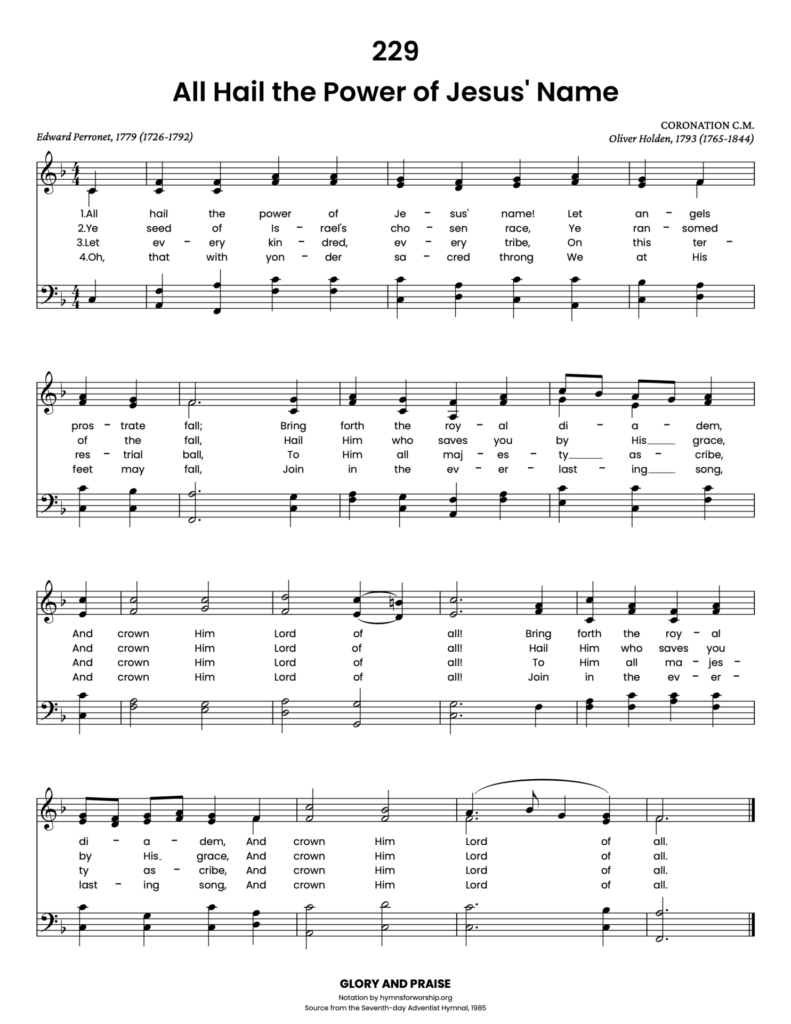
Get the hymn sheet in other keys here
Notes
Make each hymn more meaningful with these helpful tools: Short, ready-to-use hymn introductions for church bulletins, multiple ways to introduce a hymn based on your worship theme and in-depth history and insights to enrich your song service.

